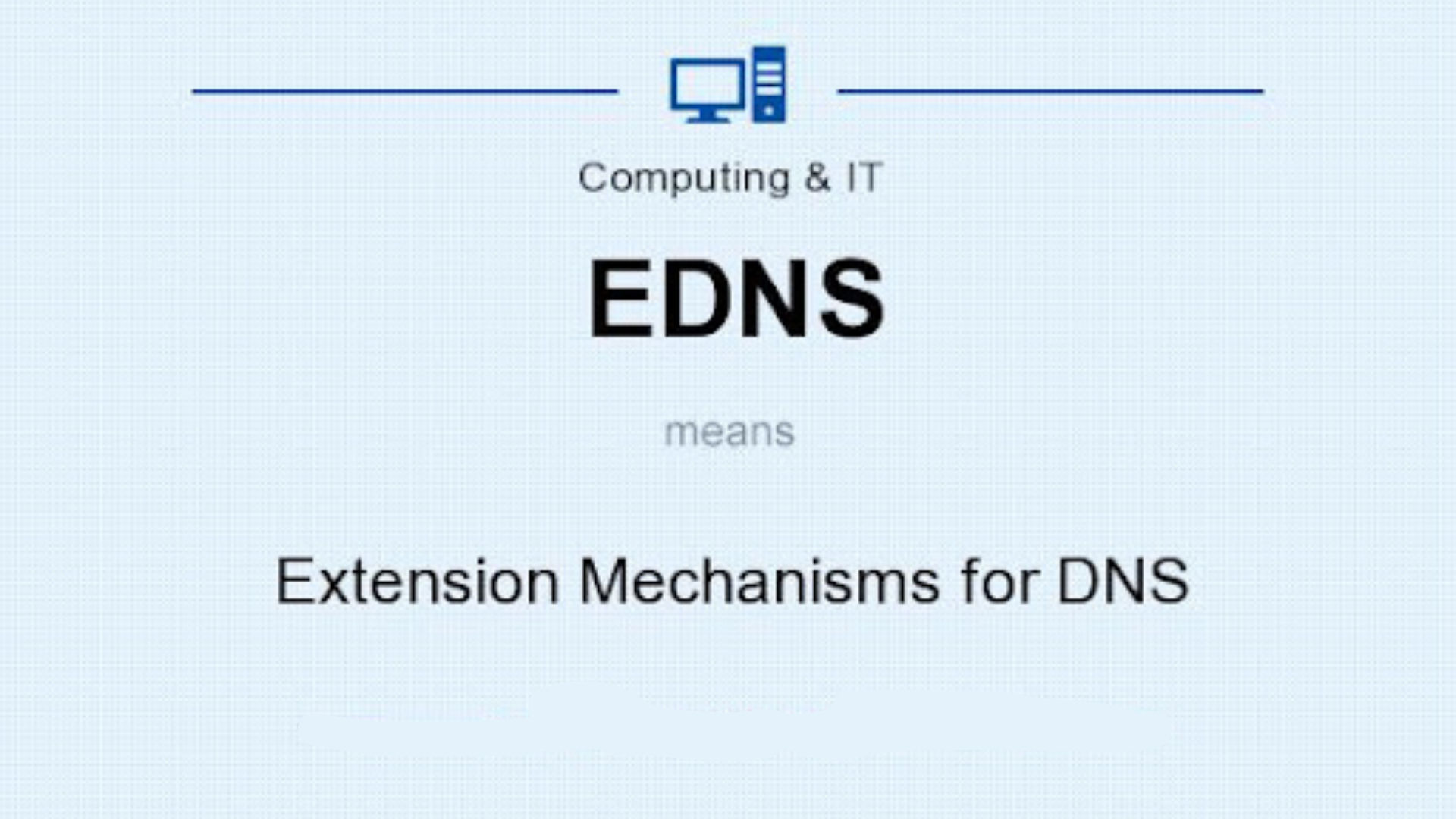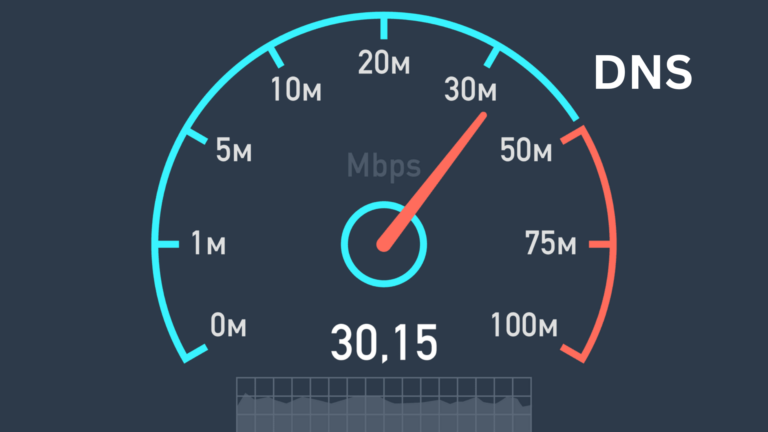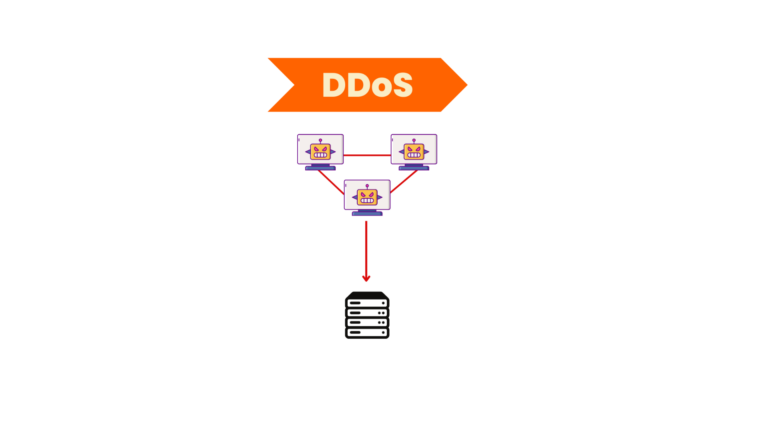What is an EDNS (Extension Mechanism for DNS)?
The Domain Name System (DNS) is what helps us access websites using easy-to-remember names like google.com instead of complicated numerical addresses. However, as the internet has grown, DNS has needed improvements. This is where EDNS (Extension Mechanisms for DNS) comes in.
EDNS is an upgrade to the traditional DNS system that helps it work more efficiently and handle modern internet needs. In this article, I will explain what EDNS is, why it is important, and how it improves DNS.
What is EDNS?
EDNS, or Extension Mechanisms for DNS, is an extension to the original DNS protocol. It was introduced to allow DNS messages to carry more data and support new features.
The standard DNS system was designed in the 1980s and had limitations, such as small message sizes and no room for extra information. EDNS helps overcome these limitations by extending DNS messages without breaking the original system.
Why Was EDNS Introduced?
When DNS was first created, the internet was much smaller, and the existing system was enough. However, as technology advanced, DNS needed to:
- Handle larger responses (for example, due to security features like DNSSEC)
- Support new technologies without replacing the whole DNS system
- Improve efficiency by reducing the number of requests needed
EDNS was introduced to solve these issues without disrupting the basic function of DNS.
How Does EDNS Improve DNS?
EDNS brings several important improvements to DNS:
1. Increases DNS Message Size
Traditional DNS messages were limited to 512 bytes. EDNS allows messages to be up to 4096 bytes, making it possible to send more data in a single response. This is useful for security features like DNSSEC, which need extra space for cryptographic signatures.
2. Adds Extra Information
With EDNS, additional information can be included in DNS queries and responses. This helps DNS servers make better decisions and provide more useful responses.
3. Supports Modern Security Features
EDNS allows DNS to support DNSSEC (Domain Name System Security Extensions), which helps prevent attacks like DNS spoofing (where a hacker tricks your computer into visiting the wrong website).
4. Improves Performance
By allowing larger messages, EDNS reduces the need for multiple requests to get all the required information. This speeds up the process of resolving domain names.
How Does EDNS Work?
EDNS is not a completely separate system but an extension of DNS. Here’s how it works:
- When your computer sends a DNS query, it includes an EDNS OPT record (a special data field).
- If the DNS server understands EDNS, it responds with a larger message and extra data if needed.
- If the DNS server does not support EDNS, it simply ignores the extra information and replies as a regular DNS server.
This means EDNS is backward-compatible, meaning older DNS servers that don’t support EDNS can still work without problems.
Common Issues with EDNS
Even though EDNS is useful, it can sometimes cause problems:
- Firewalls Blocking EDNS: Some older firewalls mistake EDNS messages for harmful traffic and block them. This can cause DNS failures.
- Servers Not Supporting EDNS: Some DNS servers do not fully support EDNS, leading to incomplete or failed responses.
- Misconfigured Networks: If EDNS settings are not properly configured, DNS queries may not work correctly.
These issues can usually be fixed by updating software, adjusting firewall settings, or troubleshooting network configurations.
Conclusion
EDNS is an important improvement to the traditional DNS system. It allows DNS to handle larger messages, support security features like DNSSEC, and improve overall efficiency. While there are some challenges, EDNS plays a crucial role in keeping the internet secure and running smoothly.






